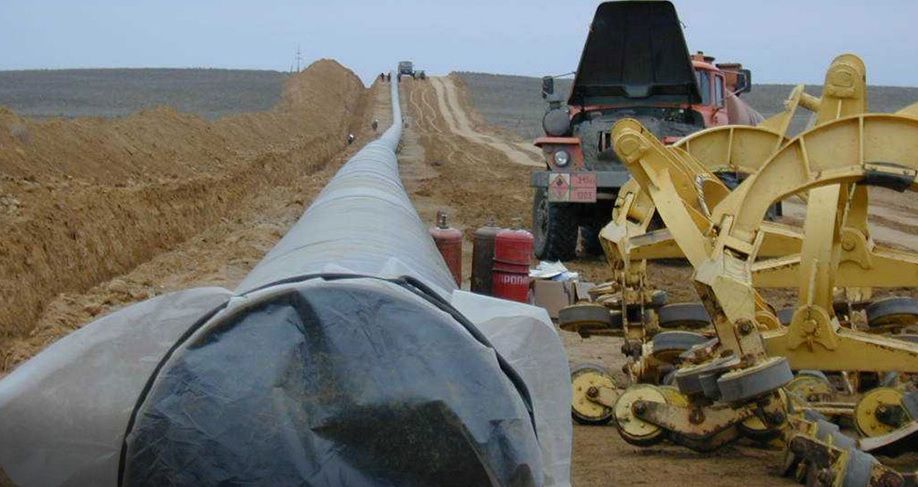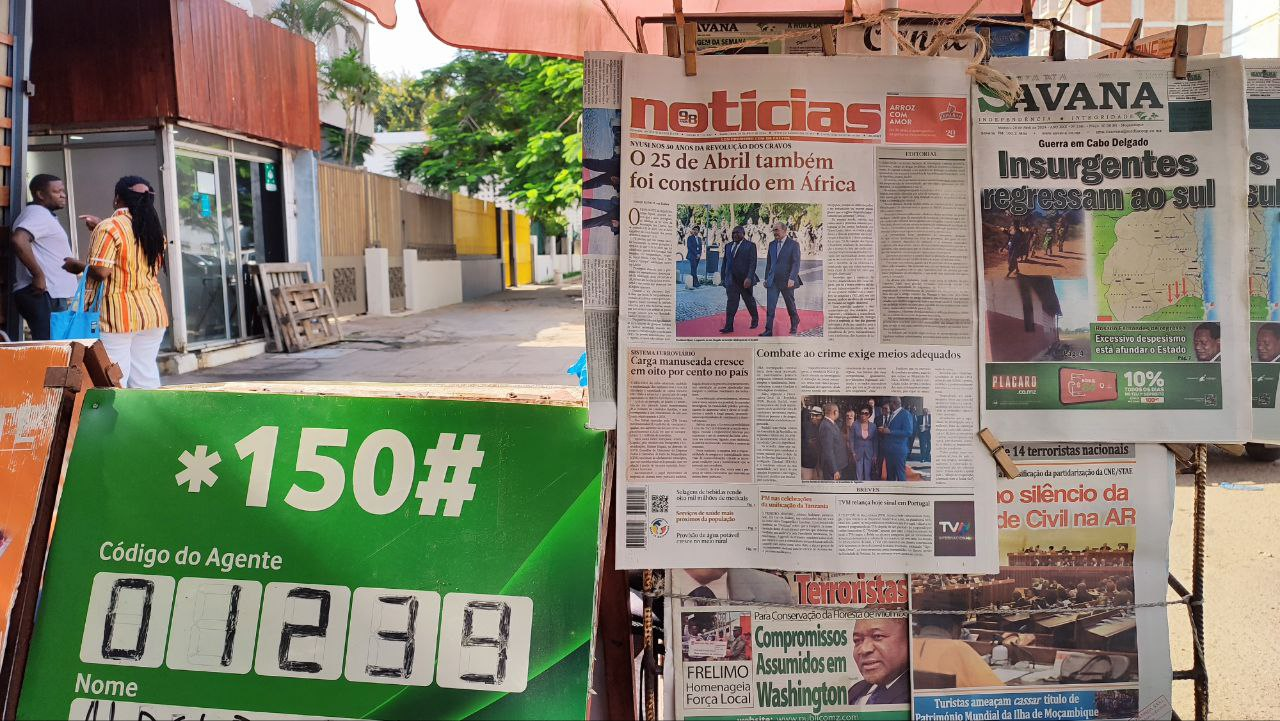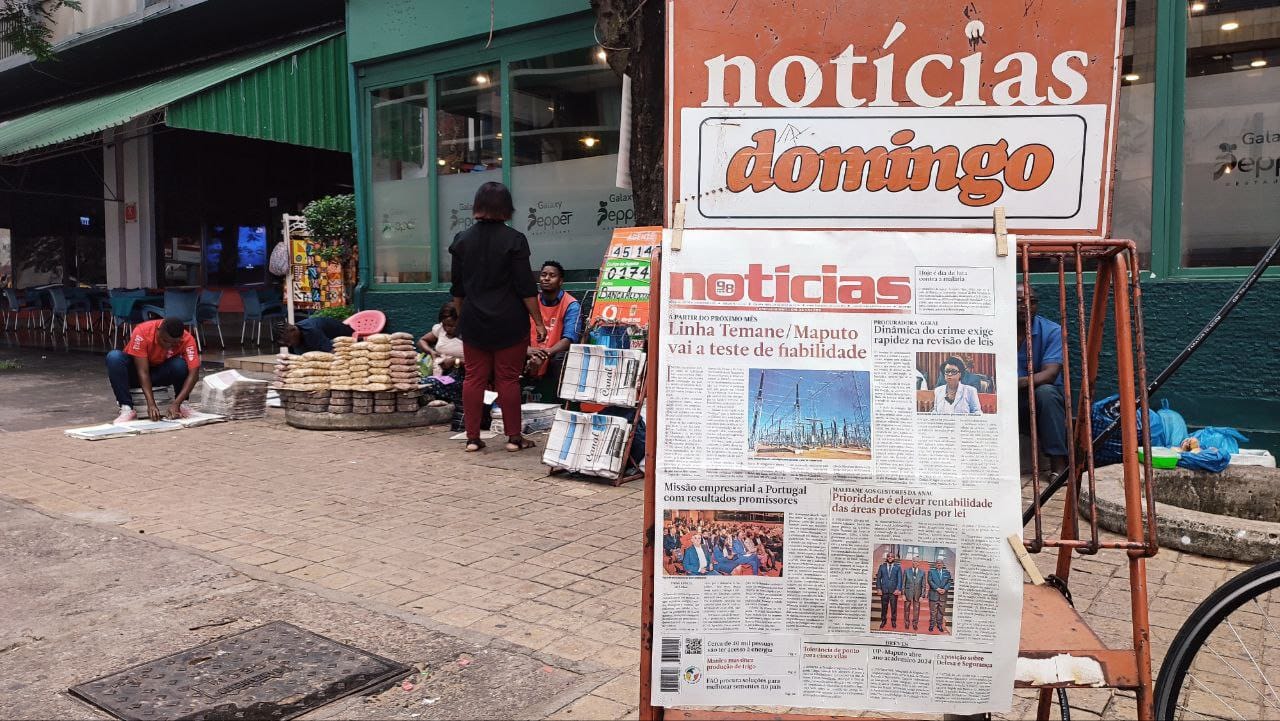January saw the center of gravity in the conflict in Cabo Delgado shift south, as insurgents vied with security forces for control of the strategic coastal town of Mucojo in Macomia district while dispatching fighters to Quissanga, Metuge, Mecúfi, and Chiure districts.
This article was first published on 20 February 2024 as part of the Cabo Ligado Monthly: January 2024
For most of 2023, Mucojo represented the southern limit of insurgent activity, with attacks largely concentrated along the Macomia coast, around the N380 highway, or in Muidumbe and Mocímboa da Praia districts. ISM reorganized its movements after FADM abandoned Mucojo on 18 January, allowing insurgents to occupy the town and secure access to the sea.
Mucojo was the first substantial settlement to be occupied by insurgents since they were expelled from the towns of Mocímboa da Praia and Mbau in August 2021 by Rwandan Security Forces (RSF) Unlike in these examples, where civilians were displaced from the area, insurgents in Mucojo immediately set about installing the trappings of a caliphate over the remaining population. A strict interpretation of Sharia, or Islamic law, was imposed, including the banning of certain haircuts, the sale of alcohol, and tight or tapered trousers. Meanwhile, daily prayers and attendance at mosques were encouraged.
The Islamic State (IS) newspaper al-Naba reported on 25 January that its fighters were using their newfound freedom of movement along the Macomia coast to travel from village to village by boat, preaching to civilians and warning them “of the danger of aiding the infidels.” This marked one of the first times since the beginning of the conflict in 2017 that the insurgents have made a serious attempt to spread and enforce Islamic teachings.
Mucojo also became a staging post for a daring thrust into districts to the south where insurgents have rarely set foot. On 19 January, insurgents began arriving in Quissanga district and appeared four days later in Mussomero village, just four kilometers from the district capital. Insurgents moved onto Metuge district on 25 January, bordering the provincial capital Pemba, and appeared to split into two groups, with some continuing directly south to Mecúfi, while others marched southwest toward Ancuabe district.
On 30 January, an insurgent ambush near Nahavara, in Mecúfi, left eight FADM troops and members of the Local Force dead. Insurgents also burned houses and kidnapped several people in the nearby village of Makwaya on the same day. Around 1,460 people fled their homes between 22 January and 2 February due to these incidents, according to the International Organization of Migration. Mecufi had not suffered an insurgent attack since June 2022.
Security forces retook Mucojo without a fight by 31 January, but the fact that they abandoned it in the first place exposes alarming weaknesses in Cabo Delgado’s security apparatus. As the withdrawal of the Southern African Development Community Mission in Mozambique in July looms, Mozambican forces are still struggling to demonstrate their capability to contain the insurgency.
This weakness has emboldened the insurgency to undertake more aggressive operations and even present itself as an alternative to the Mozambican state. ISM’s attempts to impose Sharia, even if they are short-lived, will undo the narrative pushed by the security forces that the insurgency in Cabo Delgado is under control.









